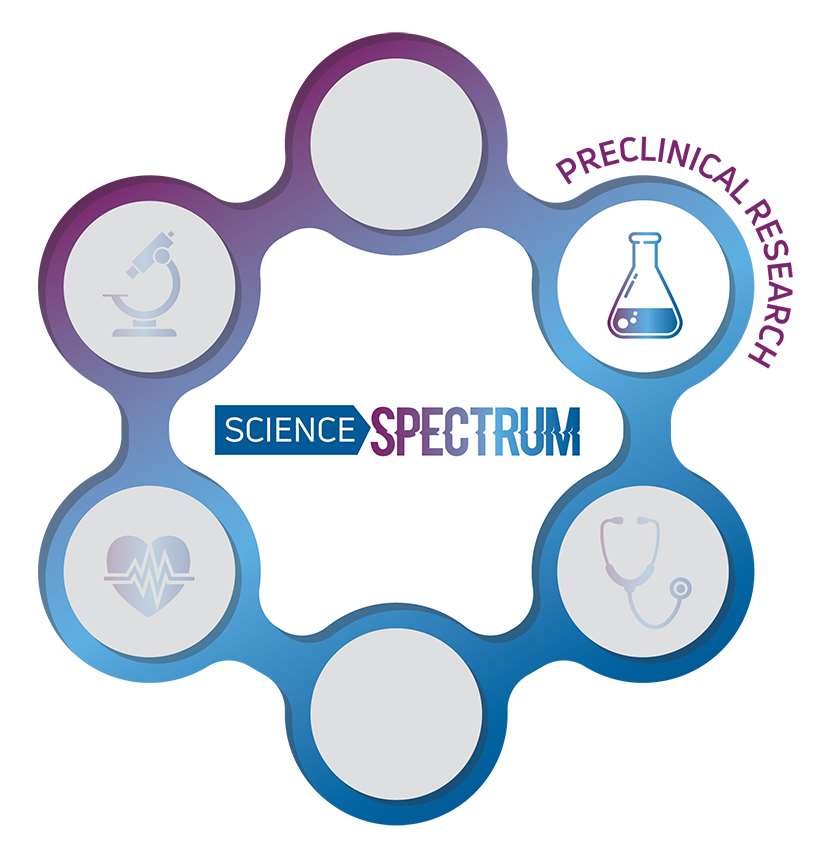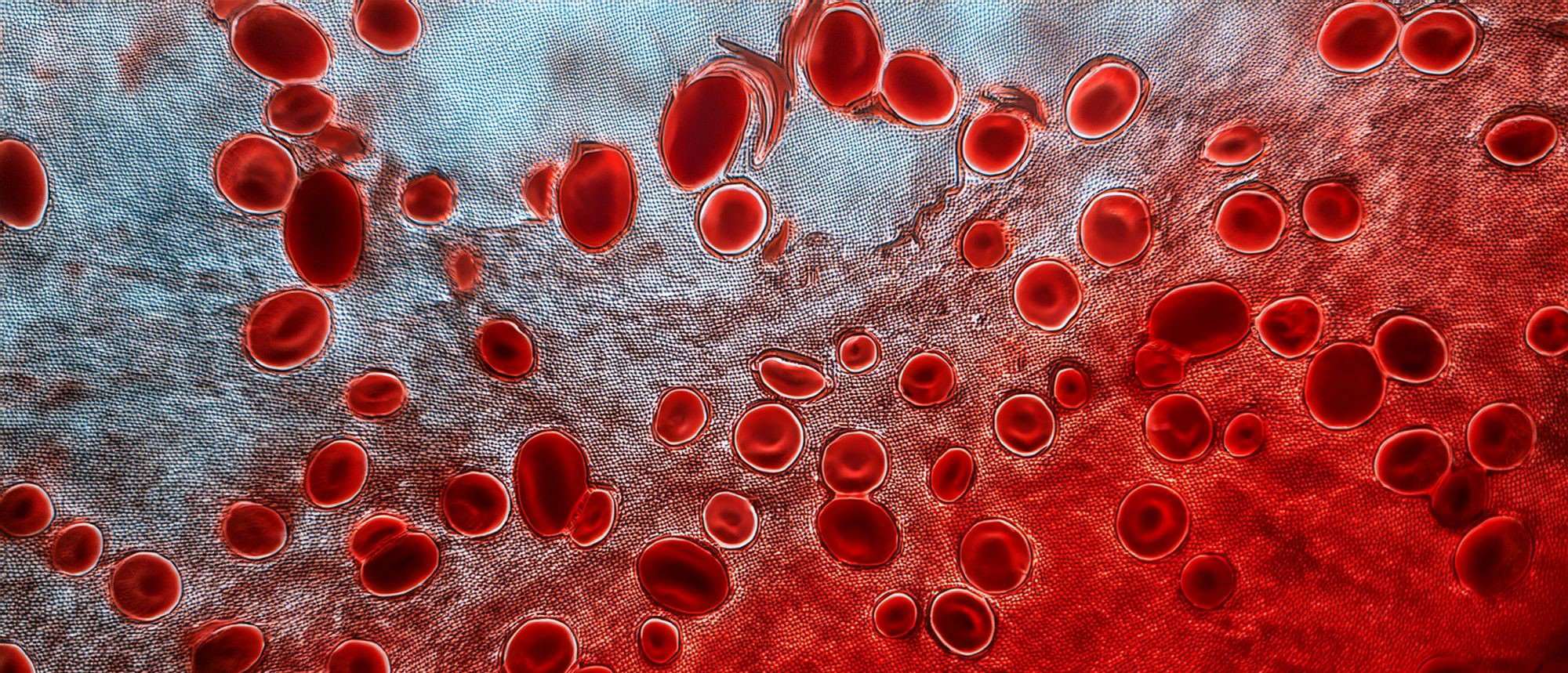The Prototyping Phase: Pilot Testing through Preclinical Research

The first prototype in the product development process that led to the iPhone was a screen roughly the shape of a ping pong table with a projector suspended overhead. The projector allowed the engineers to create an image of the Macintosh operating system on the screen’s surface and demonstrate how it could be controlled by the multitouch gestures that are commonplace today in operating smartphones and many other devices. While the setup was nothing like the final iPhone, it demonstrated enough promise to get support from the company for the project, leading to future prototypes that refined the concept and demonstrated its feasibility and potential consumer appeal.
 Preclinical research shares several parallels with this product prototyping phase. Some consumer prototypes reflect years or decades of research and development as well as the maturation of underlying ideas, technologies and components. The first multitouch screens were invented in the early 1980s, but even 20 years later it took more than two years of active prototyping to combine a phone-sized touchscreen with the hardware and software advancements that made the iPhone easy for customers to operate. Preclinical research often tests the feasibility, safety and potential of innovative ideas uncovered through years or decades of basic science experiments. In biomedical research, the preclinical phase serves as the bridge between basic science and clinical research involving human participants.
Preclinical research shares several parallels with this product prototyping phase. Some consumer prototypes reflect years or decades of research and development as well as the maturation of underlying ideas, technologies and components. The first multitouch screens were invented in the early 1980s, but even 20 years later it took more than two years of active prototyping to combine a phone-sized touchscreen with the hardware and software advancements that made the iPhone easy for customers to operate. Preclinical research often tests the feasibility, safety and potential of innovative ideas uncovered through years or decades of basic science experiments. In biomedical research, the preclinical phase serves as the bridge between basic science and clinical research involving human participants.
Often, preclinical research begins with the step of drug discovery. As basic scientists glean new insights about the biological processes governing the development and progression of a disease, they reveal proteins or other molecules that likely can be altered by medication to change the course of a disease or its symptoms. Then it is up to preclinical researchers to find a new drug or repurpose an existing medicine that will have the intended positive effect. Once it is determined that a drug works as intended in tests using cell samples, scientists must see if the desired benefit continues to occur in more complicated experiments that more closely mimic future studies in humans.
To accomplish this, scientists rely on the many similarities human anatomy and physiology share with animals, especially other mammals. Rodents are by far the most common animals called upon to help determine if a new treatment is safe and potentially effective for human testing. Mice and rats make up roughly 95 percent of all animals in laboratory studies, and the care and handling of all animals is tightly regulated by the federal government. At MCW, compliance with these regulations is overseen by the Institutional Animal Care and Use Committee. By modeling a disease in a rodent so that the condition develops and progresses in as similar a fashion as possible to how it would in a human, scientists create important prototypes that allow for thorough testing of promising new drugs. Through these experiments, researchers demonstrate whether new treatments are strong candidates for human testing in clinical trials.
This disease prototyping may lead to a new treatment for babies who are born with very limited immune systems that are unable to protect against infections. This disease, severe combined immunodeficiency (SCID), now can be caught early during newborn screening thanks to the work of MCW physician-scientists. Infants suffering from SCID can be treated with a bone marrow transplant, but not every child can be matched with a bone marrow donor. Scientists published results in 2020 regarding a therapy to restore the activity of a malfunctioning gene, recombinase-activating gene-1 (RAG1), that is a common cause of SCID. The research team bred mice to model this type of SCID with low RAG1 expression, leading to severely depleted levels of B cells and T cells in the immune system similar to levels found in humans suffering from SCID. The scientists treated the mice with a gene therapy designed to activate RAG1 and boost the production of B cells and T cells. The team demonstrated that the treatment was safe for the mice and increased the numbers of B cells and T cells circulating in their immune systems. This study led to a currently active clinical trial to test this gene therapy in humans.
In industry, prototypes have paved the way for many of the most innovative products on the market. Failed prototypes also have allowed businesses to abandon projects before incurring the costs of mass production. Preclinical research can stake comparable claims within the many fields of biomedical research. Preclinical experiments have stopped clinical trials that were doomed to fail before they were ever developed, preventing harm to potential human research participants. Preclinical studies also have paved the way for successful clinical trials of new therapies that have changed countless patients’ lives.



